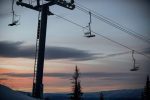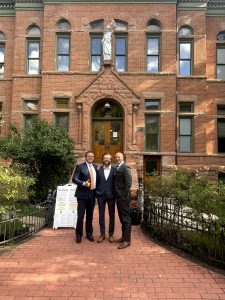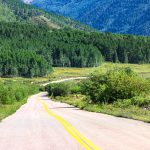The North American Monsoon is on its way to Colorado. Whether it will be a typical monsoon season is yet to be determined
With intense droughts and wildfire danger plaguing Colorado’s Western Slope, many are hoping the North American Monsoon could provide some relief
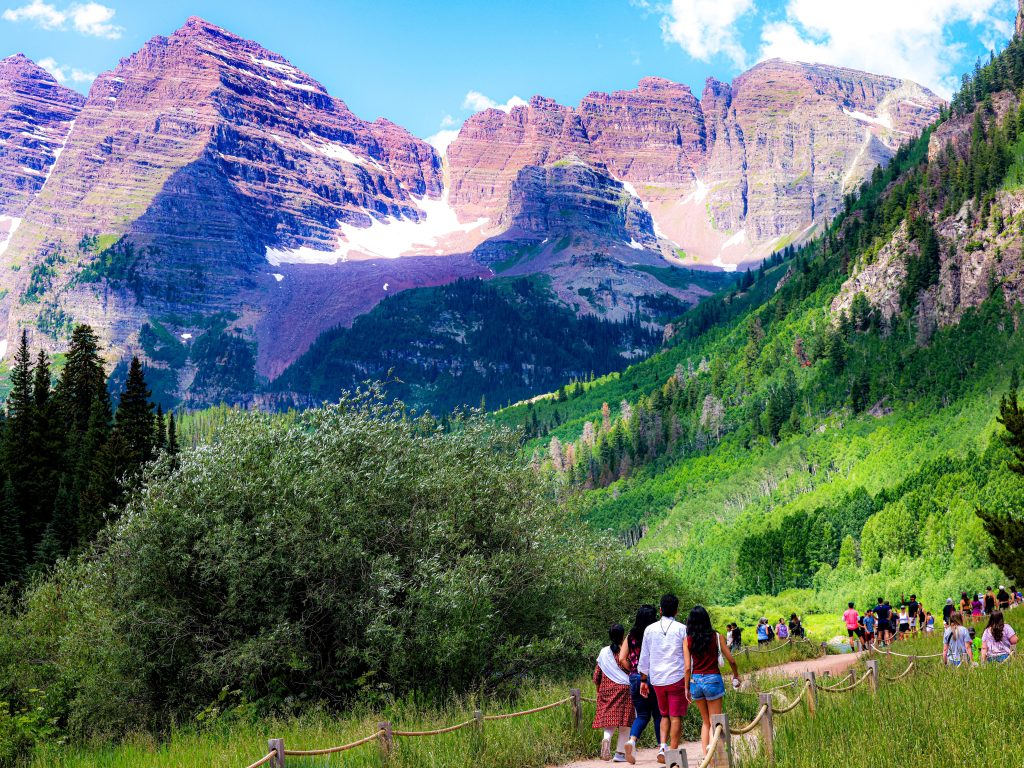
Austin Colbert/The Aspen Times
After a dry start to the summer in Colorado, with wildfires burning across the Western Slope, the approaching North American Monsoon could provide some needed relief.
Snowmelt happened unusually early for Colorado’s Western Slope after the state experienced well-below-normal snowpack through much of the 2025 winter and spring seasons, with consistent deficits across most basins. In addition to droughts and rain deficits since the start of the summer, several fires have popped up across the mountain region, leaving many to wonder whether relief might come from the monsoon.
Some areas of Colorado’s mountain region have started to feel some early effects from the North American Monsoon, providing “cautious optimism,” according to the U.S. Department of Agriculture. But plenty remains to be determined.
Monsoons in Colorado
The North American Monsoon is a “seasonal circulation of subtropical moisture” that develops over Northern Mexico beginning in June and extends into the Southwest United States, including Colorado, during the summer season, according to an Open Snow report by meteorologist Alan Smith.
Monsoons typically translate into frequent thunderstorms and rainfall, primarily impacting Colorado, Utah, Arizona, and New Mexico. While monsoon season varies from year to year, it usually reaches the U.S. by early July and persists into September.
The moisture levels are at their most intense between late July and early August, resulting in heavier rainfall and thunderstorms.
Colorado’s Front Range is one of the higher mountain ranges most susceptible to thunderstorms on a near-daily basis, according to Smith.
According to Open Snow’s heatmap illustrating annual mean thunderstorm days across the country, parts of Colorado can get between 45 and 80 summer thunderstorm days, depending on the region.
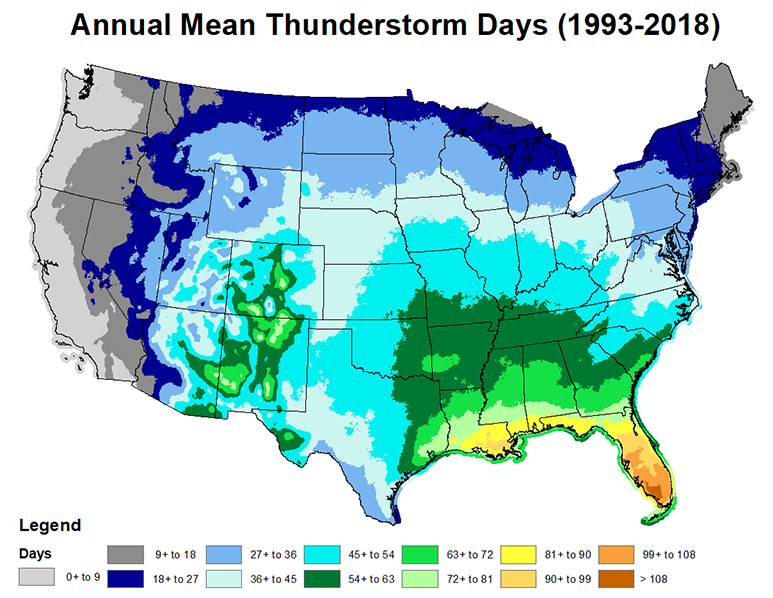
A blessing and a curse
While monsoons can be beneficial for replenishing water resources, moisture surges can also present challenges for outdoor recreation. Frequent and deadly cloud-to-ground lightning, flash flooding, damaging wind gusts, and wildfires are all risks accompanying monsoon thunderstorms.
Cloud-to-ground lightning can be especially dangerous for peak baggers, above-treeline hikers, and canyon-country hikers, according to the report. Flash flooding occurring in the Rocky Mountains can cause river levels to rise rapidly and result in landslides or mudslides.
The 2013 Colorado floods in Boulder and Estes Park that caused widespread devastation across the Front Range occurred during active monsoon periods. The floods, which began on Sept. 9 and peaked on Sept. 11-12, were caused by torrential rainfall.
In terms of wildfires, areas in the Northern Rockies can see a greater risk of lightning-triggered wildfires if vegetation fuels are dry and fire-prone because there is just enough moisture to trigger thunderstorms but only enough to produce light and inconsistent rainfall.
“Gusty outflow winds associated with dry thunderstorms can also significantly influence fire behavior from ongoing fires, and rapid wind shifts can threaten areas that were previously considered safe from a fire,” Smith wrote.
Will Colorado see a weak or strong Monsoon season?
Due to the variations in monsoon impacts that can exist depending on location, duration, and intensity, exact monsoon behaviors can be difficult to predict for any given region. However, it’s expected that the showers will hit Southern Colorado first. The region has already started seeing early, scattered mountain showers as of early June.
“In some years, the monsoon can be very weak and short-lived, and produce little rainfall across the areas that usually depend on it. Drought and wildfire ramifications can be significant across New Mexico, Arizona, Utah, and Colorado if a particular year’s monsoon significantly underperforms,” Smith wrote. “2020 is a prime example of a monsoon season that was practically nonexistent, and by no coincidence, Colorado had one of its worst fire seasons on record.”
Forecasts for July through September show equal chances of below-, near-, or above-average monsoon precipitation for the Western U.S., according to the National Integrated Drought Information System.
Trial dismissed, all charges dropped for former Aspen coach
Over 60 prospective jurors filed out of the Pitkin County Courthouse on Monday morning after former Aspen High School Assistant Basketball Coach Chris Woodring saw his trial dismissed and his charges dropped.


